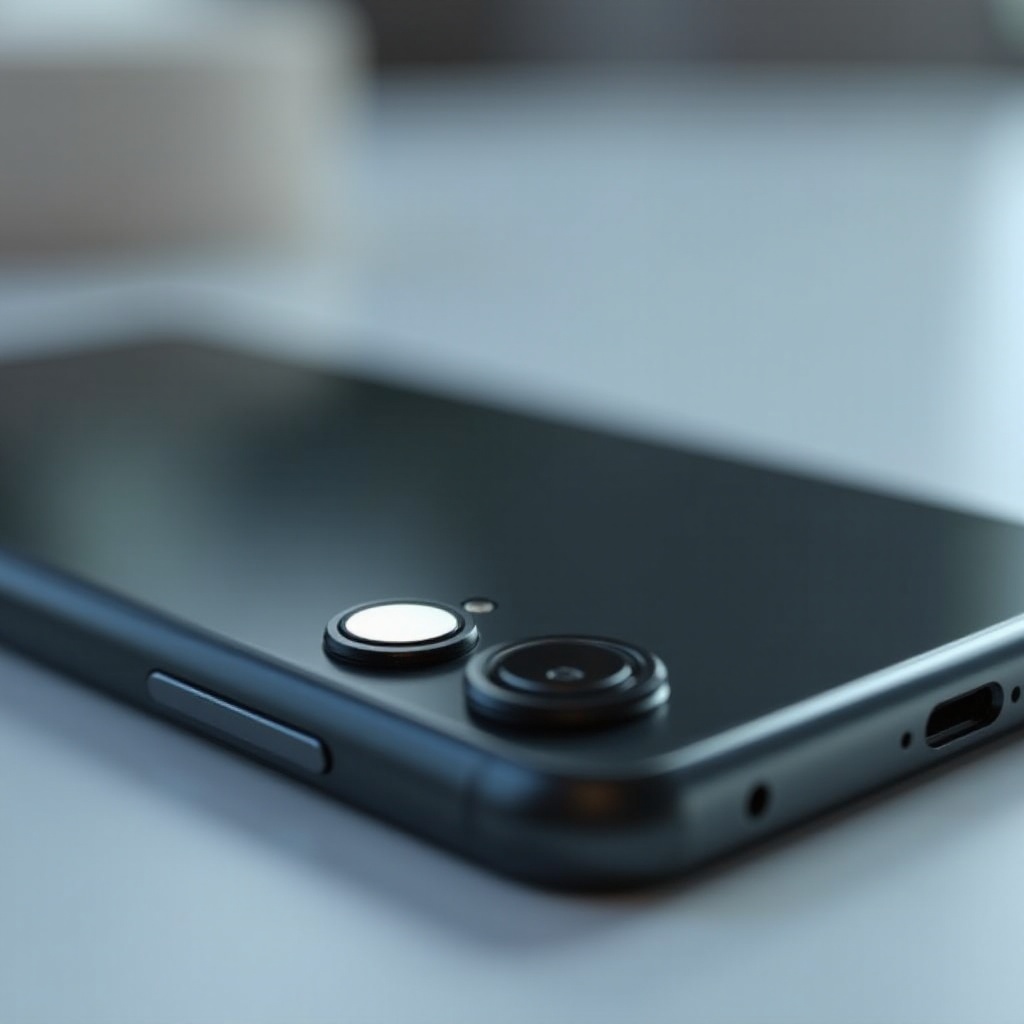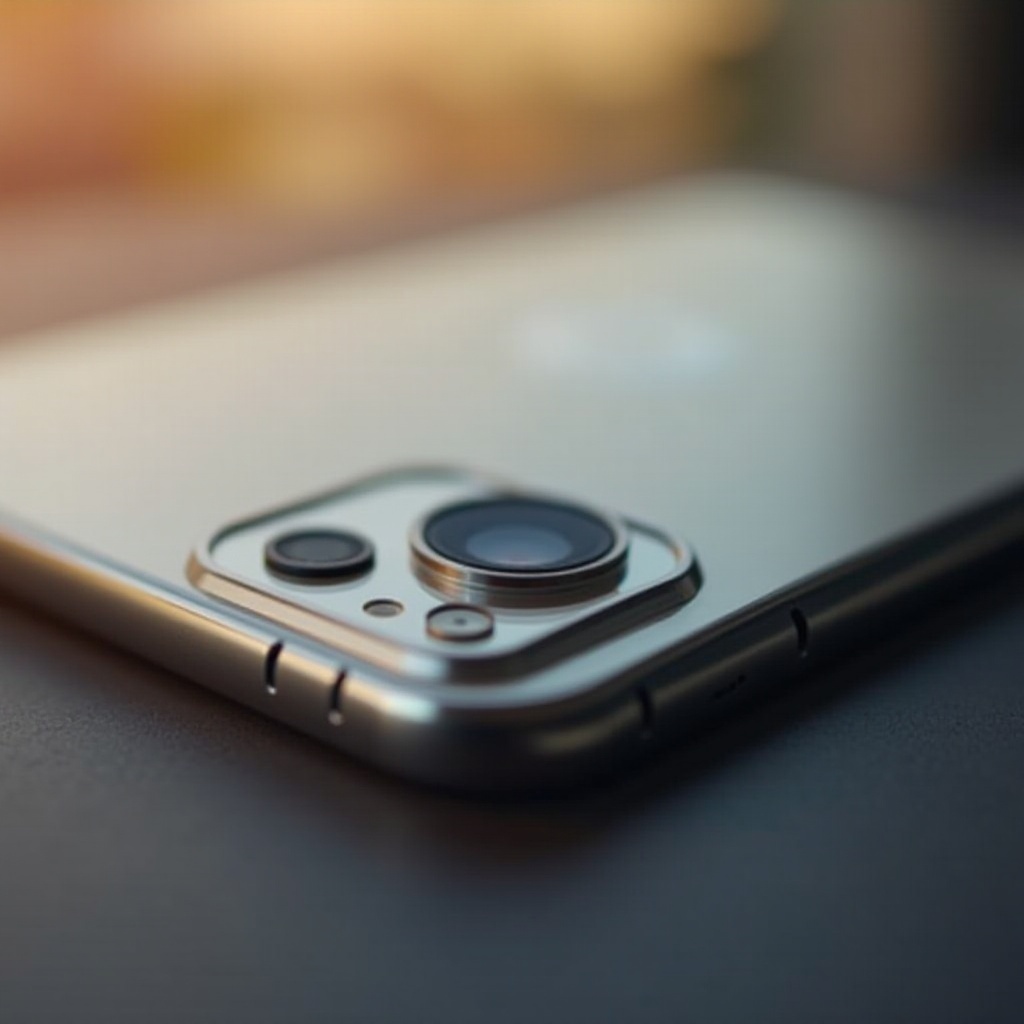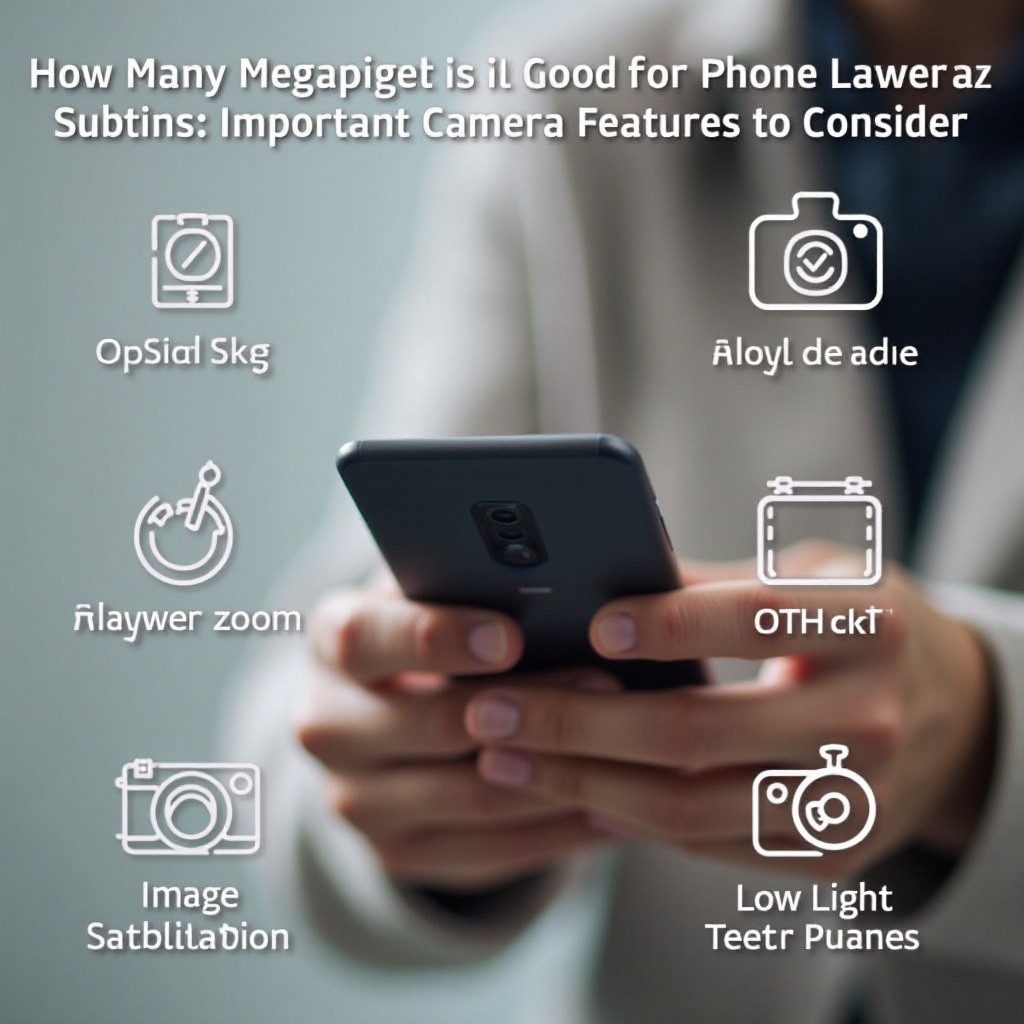How Many Megapixels is Good for a Phone Camera?
Introduction
Choosing the right phone camera can be a daunting task given the plethora of options available. Among the various specs touted, megapixels often catch the most attention. But, how many megapixels really make a difference? This blog will unravel the mystery around phone camera megapixels, explaining their importance, debunking myths, and suggesting the best megapixel count for different types of users.

What Are Megapixels?
Megapixels refer to the resolution of a camera's sensor and are equal to one million pixels. In simpler terms, they determine the level of detail a camera can capture. Higher megapixels mean more detail, allowing for larger prints and more detailed zooming without loss of clarity. For instance, a 12-megapixel camera produces images with 12 million pixels. This number is often highlighted by manufacturers to indicate camera quality, but there's more to consider when evaluating a phone camera’s performance.

Why Megapixels Matter (or Don't)
While megapixels are an important factor, they aren't the only element defining a camera's quality.
- Detail and Clarity: Higher megapixels provide better detail and clarity, allowing photos to be enlarged without losing quality.
- Low-Light Performance: Megapixels play a limited role in low-light conditions. Larger sensors and better image processing are more critical.
- Marketing Hype: Often, manufacturers use higher megapixel counts for marketing. However, excessive megapixels can lead to bigger file sizes without significant quality improvement.
Megapixels alone don’t guarantee excellent photos; they need to be balanced with other camera attributes for optimal performance.
Ideal Megapixel Count for Different Users
When considering megapixels, it's vital to understand your specific needs. Different users require different specifications to achieve the best results.
Casual Photographers
For everyday snapshots, a camera with 8 to 12 megapixels is more than adequate. These devices can capture good-quality images for social media and personal albums, balancing detail and storage space.
Professional Photographers
Professionals often require higher megapixel counts, around 40 to 108 megapixels, specifically for commercial use. This range allows for significant cropping and large print formats without losing image quality. However, even for pros, the other aspects like sensor size and image processing still play pivotal roles.
Social Media Enthusiasts
If your focus is primarily on posting to platforms like Instagram or Facebook, a phone with 12 to 20 megapixels is a sweet spot. This range offers good image quality and resolution tailored to the demands of social media.
Other Important Camera Features to Consider
Apart from megapixels, certain other factors significantly impact a camera’s performance and should be taken into account.
Sensor Quality and Size
The camera sensor’s quality and size impact light capture and image quality. Larger sensors absorb more light, which is crucial for low-light settings and overall image sharpness.
Lens Quality and Types
A high-quality lens can determine how well a camera focuses and captures images. The types of lenses such as wide-angle, macro, or telephoto can also dramatically affect the picture's outcome.
Image Processing Software
Advanced image processing software in phones corrects imperfections, sharpens details, and enhances colors. Effective processing can substantially improve photos, regardless of megapixel count.

Popular Smartphone Camera Examples
To illustrate, let’s look at some popular examples:
- iPhone 13 - Equipped with a 12-megapixel camera, it boasts great image processing and excellent low-light performance.
- Google Pixel 6 - Also with a 12-megapixel camera, renowned for its advanced computational photography.
- Samsung Galaxy S21 Ultra - Featuring a 108-megapixel main camera, it offers extreme detail and versatility for professional use.
Conclusion
Choosing the right number of megapixels hinges on your specific needs. Casual users can opt for lower counts without missing much, while professionals may require higher numbers. Always remember, megapixels are important, but other aspects like sensor size, lens quality, and image processing hold equal, if not more, significance.
Frequently Asked Questions
Does a higher megapixel count mean a better camera?
Not necessarily. Camera quality also depends on sensor size, lens quality, and image processing.
How many megapixels is enough for a good print?
For good-quality prints, 12-20 megapixels are generally sufficient unless you need extremely large prints.
What other camera features should I consider aside from megapixels?
Consider sensor quality and size, lens quality, and the phone’s image processing capability.



